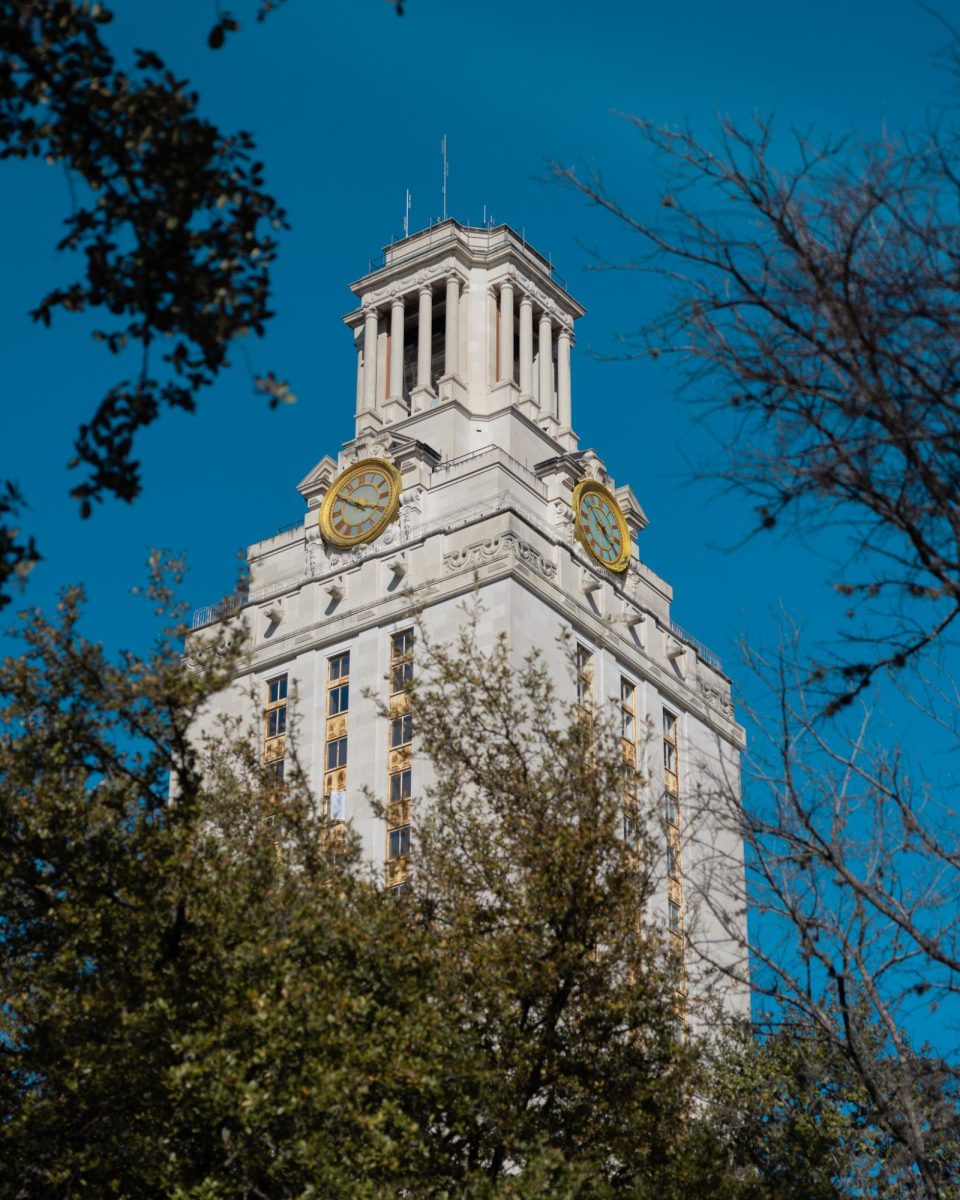The mysterious maroon bluebonnets on campus are here to stay, and their origins seem to be more from UT-based roots than the previously speculated Texas A&M ones.
Alpha Phi Omega, a UT service fraternity, planted the bluebonnets in spring 2012, according to Sam Faries, environmental sciences junior and APO president.
Faries said the organization planted the flowers, which weren’t intended to be maroon, in a few different places on campus as part of a service project. Faries said APO purchased the seedlings from Barton Springs Nursery.
“I don’t really know where all this conspiracy A&M stuff came from,” Faries said. “[The flowers] were all blue when we got them.”
Markus Hogue, program coordinator for irrigation and water conservation, said UT would uproot the flowers early last week, but the University released a statement Thursday saying the flowers would remain on-campus.
Jerry Parsons, former A&M horticulturist who is credited with assistance in the creation of the maroon bluebonnet, said the flowers on campus were not a prank but, rather, a seed mix-up during packaging, which is common when mass-producing seeds. Parsons said he is glad the University’s decision to keep the flowers will help to offset speculation regarding an Aggie prank.
“Shame on those folks who blamed the innocent Aggies,” Parsons said in an email.
Parsons said the flowers were too pink to be A&M’s color.
“That’s not the true maroon anyway,” Parsons said. “If they want some real maroon, we can plant real maroon.”
Additional reporting by Amanda Voeller

















